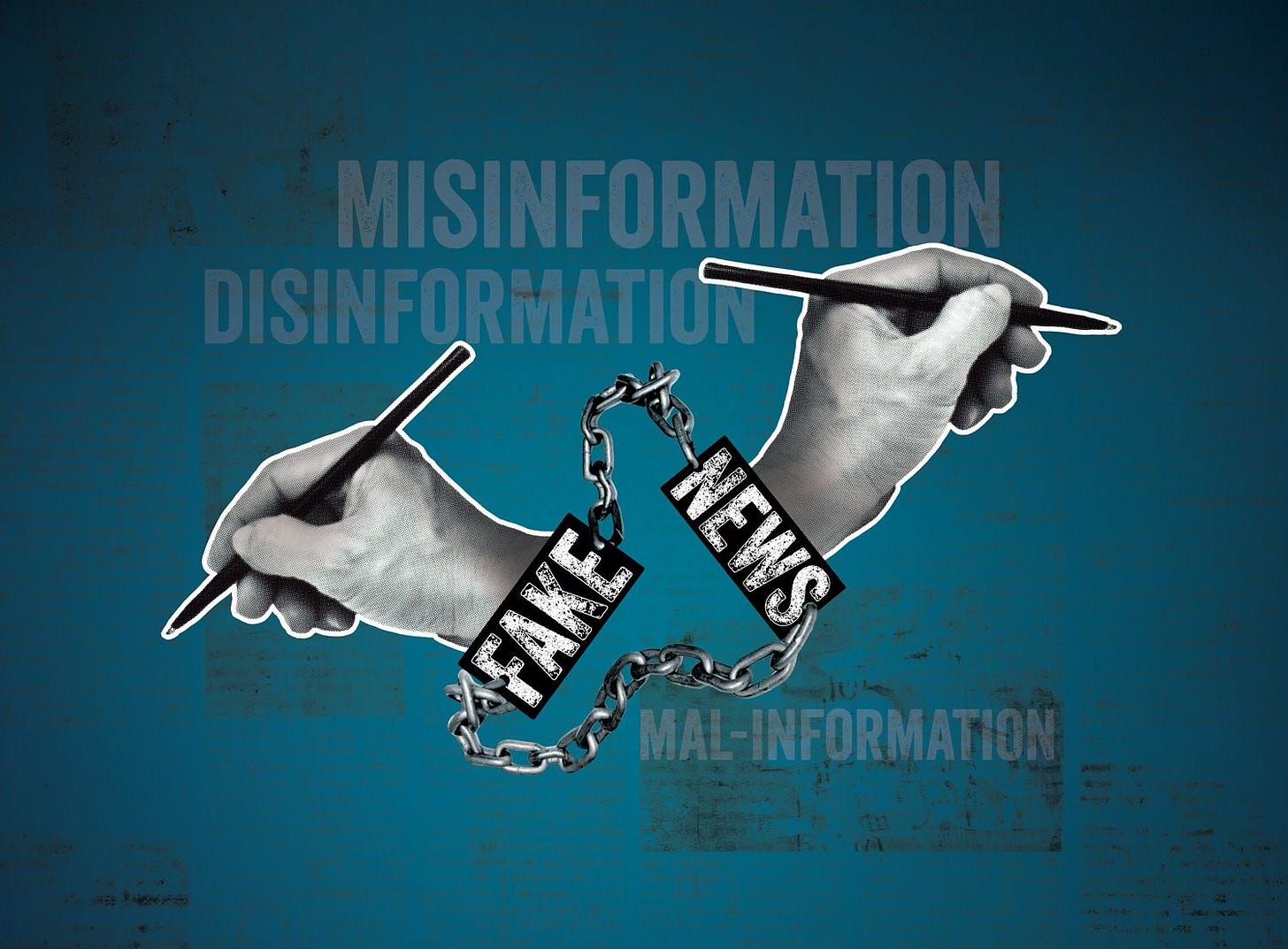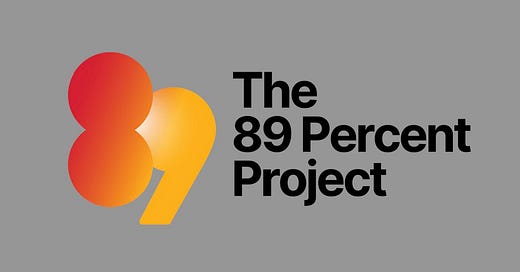Disinformation Designed to Ingrain Erroneous Beliefs and Lies
Google search can bring results that confirm disinformation, not debunk it.
70% of Americans regard misinformation as a major threat, outpacing fears about climate change and infectious disease.
— Editorial in Science Advances
Social media and the digital information landscape has become dangerously riddled with disinformation. We all know this. However, it is increasingly difficult to distinguish between propaganda and the truth.
Disinformation operations are sophisticated, cleverly twisting real events and facts to push their agendas.
Note: Misinformation is unintentional, such as honest mistakes, outdated facts, or misunderstood data. Disinformation aims to deceive or manipulate to influence public opinion, sow distrust, or push an agenda.
There is a significant amount of ongoing research on how disinformation operates. Some findings:
No one is immune.
People perceive something to be true the more they are exposed to it, regardless of its veracity.
The vast majority of disinformation is offered as a service for people to maintain their beliefs in the face of overwhelming evidence to the contrary.
Need-to-Know: Disinformation is designed to ingrain erroneous beliefs and lies
I found #3 to be the most surprising and significant. In other words, the primary use of misinformation is not to change people's beliefs, but to reinforce their distorted worldview.
For example, rather than dealing with the realities of a warming planet and rising levels of dangerous extreme weather events, some folks completely ignore what is happening around them. It’s as if they think their eyes are lying to them.
Instead, they would rather attack the messengers—weather forecasters, journalists, and media.
Disinformed beliefs are displacing scientific consensus, often weaponized by right-wing populist movements.
— Frankie Graves, EKOS Research
Need-to-Know: Warning! Google Search reinforces bias.
Using Google to evaluate the accuracy of news stories is tricky. It will provide you with sources that align with your personal biases. If you believe climate change is a hoax, a Google search is far more likely to show you sources to confirm your belief. (Google remembers your searches, how long you spend on a site, etc., the better to give you what it thinks you want to see.)
An example from a recent study in the journal Nature.
Say you use Google to check out claims that the US government engineered a famine by locking down during the COVID-19 pandemic. Simply using the term “engineered famine” will bring results claiming that this really happened. (It didn’t.)
FYI. Google does not manually remove content, nor does it moderate or edit content.
Need-to-Know: Using key phrases from inaccurate news stories in a Google search reinforces misinformation
Google is aware of this. It offers a guide to help verify the accuracy of search results. See: Five new ways to verify info with Google Search.
To help distinguish fact from lies, be aware that disinformation attempts to push our emotional buttons, promote logical fallacies, and use conspiratorial theories, according to several studies.
Here’s what I use to wade through disinformation to find the truth.
Find the original source of a search result.
Examine the source for potential bias.
Find other legit sources to verify the accuracy of the information.
It’s tedious, but I really hate to be conned. Once you have determined reliable and verifiable sources, it becomes much easier.
Until next time, be well.
Stephen


















